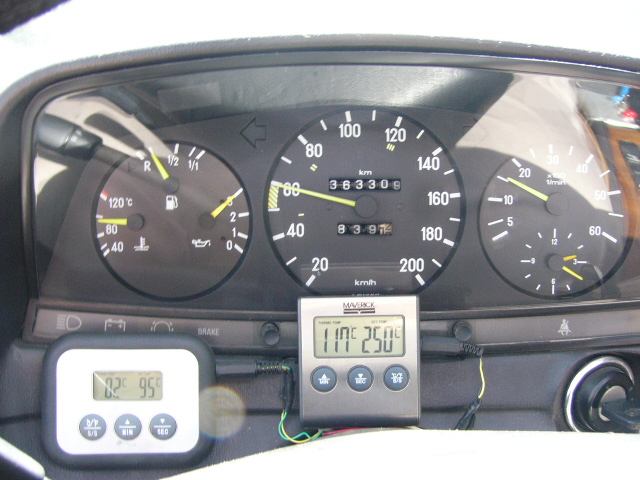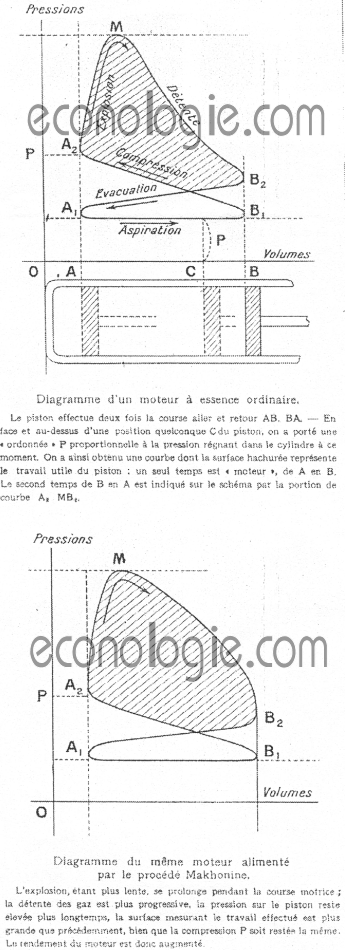Hello
For the 70 ° C that's what André said, you don't need wet (saturated) steam but hot air containing micro droplets (and Julien Rochereau explained why it didn't work or worse with steam).
Those who started by making full panton montages with transparent bubblers, we quickly understood that it works well when the bubbler is filled with a white cloud of fine droplets in suspension like fountain smoke made with ultra sound. (the bubbler becomes cold)
Although the parameters of the full panton do not fully apply to water doping, which misled me for a long time.
These fine droplets which fly are also made starting from invisible hot steam, or one makes a small depression, all becomes milky with a lowering of temperature.
To avoid saturation we must have a certain volume of air
there is a water / air ratio not to be exceeded at the reactor inlet, better to walk with less water.
Talking about the temperature of the "vapor" without saying where it is measured ... it is a soft parameter
In my case it varies from 130c to 180c
It goes up fairly quickly at the start of the trip to 170c and sometimes more (depending on the driving speed) then it goes down to 130c to remain stable for 100kmh driving
When at the outlet temperature of the reactor I measure it very close to the inlet of the duct which enters just before the turbos and that once past the turbo there is certainly a rise in temperature (no intercooler) this temperature does not is not critical just an indication that tells us that the stem is dry
Two important things are the state of the (vapor) entering the reactor and a dry rod.
Andre
It is necessary to stabilize the speed for a long time there is a certain inertia on the outlet temperature once the engine is warm
On departure reactor outlet 117c

a stop between that
At 100 km / h reactor outlet 158c

At 120kmh reactor outlet 182c









